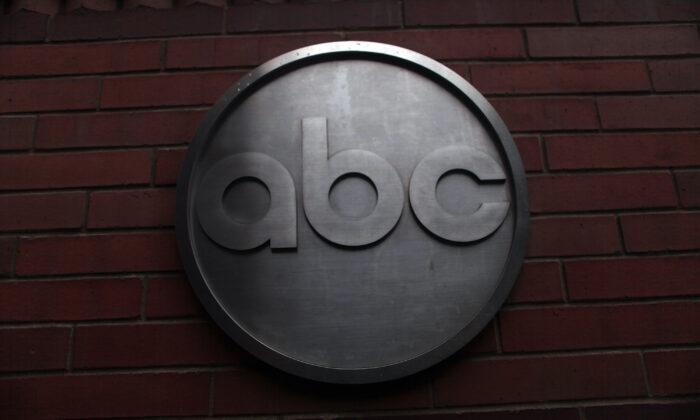The wholesale prices of used vehicles marginally increased last month, with midsize cars registering the largest rise among all segments, according to automotive services company Cox Automotive.
Jeremy Robb, senior director of economic and industry insights at Cox Automotive, attributed that slowdown to a predictable seasonal slacking.
“The Thanksgiving holiday usually slows down the market, and it did this year,“ he said in the statement. ”This slowdown caused a slightly sharper decline in values at month-end than usual.”
Meanwhile, the average retail listing price for a used vehicle increased by 0.4 percent over the prior four weeks, according to the report. Retail sales in November were estimated to be up by 15 percent year over year.
Robb expects tight supplies in the wholesale and retail markets to keep supporting healthy dealer demand for used vehicles through December.
In terms of market segment, four out of five classes of vehicles saw wholesale price declines: luxury, compact cars, pickups, and SUVs/CUVs. Only midsize cars registered a price rise, a marginal 0.3 percent increase. Meanwhile, electric vehicles (EV) saw prices drop by 11.4 percent, Cox data showed.
“Used [EV] prices have fallen four times faster than hybrids and six times faster than gasoline models, losing 24.7 percent of their value [between August 2023 and August 2024],” according to the report.
“This compares to a 6 percent drop in used hybrid prices and 4.4 percent drop in used gasoline prices,” the report stated. “Used hybrid and gasoline cars are showing remarkable stability. Both vehicle types are holding stable at around $30,000, while used electric vehicles fell below $27,000 for the first time.”
Gap Between New and Used Vehicles
According to a September report from automotive information company Edmunds, the average price gap between new and used vehicles widened to more than $20,000 for the first time ever in the third quarter. The gap is up from more than $16,000 in the first quarter of 2019.Although shoppers often initially intend to buy new vehicles, “many ... are likely to end up with a used car unless they adjust their expectations,” the report stated, citing a survey. Edmunds estimated that at least 14 percent of respondents who wanted a new vehicle would end up with a used one.
“We think unit volumes have recovered because of somewhat lower prices and relative value that used vehicles offer compared to new vehicles, which still have elevated prices. Going forward, lower pricing and lower interest rates could start to support a greater recovery in sales,” S&P stated.
For 2025, the company expects used car prices to drop by 4 percent, pointing out that the supply of vehicles that are two to four years old remains tight.
Lower interest rates on used car loans could contribute to boosting demand for this segment. For rates to decline, the Federal Reserve has to first bring down its benchmark interest rates.







